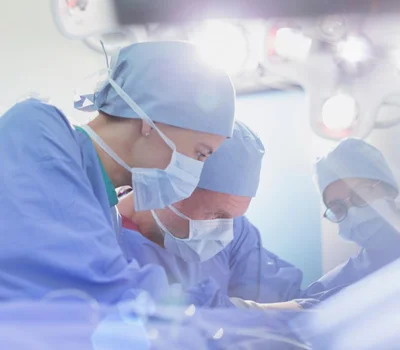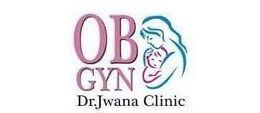All Departments
- PCOS Treatment
- STD Treatment
- Infertility Treatment
- Fibroid Treatment
- Endometriosis Treatment
- Ovarian Cyst Treatment
- Sexual Dysfunction
- Menopause Specialist
- Irregular Menstrual
- Laparoscopic Gynecologists
- Hysterectomy
- Urogynecologist
- Contraception
- Colposcopy
- AMH Testing
- O Shot
- G shot Treatment
- Vaginoplasty
- labiaplasty
- Clitoral Hoodectomy
- Vaginal Bleaching
- High-Risk Pregnancy
- Pregnancy Care
- Maternal Fetal Medicine
- Cesarean Delivery
- Painless Normal Delivery

Fibroid Treatment
An Overview:
Uterine fibroids are non-cancerous tumors, present in woman’s childbearing age. These fibroids are made of cells, tissue, and muscles that remain attached to the uterine wall.
Depending on their location, they are classified as:
- Subserosal fibroids : These are present on the uterus’ outer membrane.
- Submucosal fibroids: These are present inside the uterine cavity.
- Intramural fibroids: They are present within the uterine wall.
- Intracavitary fibroids : These are also present in the uterus cavity.
- Pedunculated fibroids : These fibroid lesions develop on the peduncle or stalk attached to the uterine wall.
Typically, fibroids are present in 80% of women of childbearing age. Not in all cases, but fibroids can cause fertility issues, pregnancy obstacles, and even delivery issues due to their size, number, and location.
These fibroids can be subsided or completely removed through various treatments. Interestingly, most women do not know they have fibroids because they are asymptomatic. However, some women also get excruciating pain, cramping, and other fibroid-related symptoms.
Fibroid Symptoms
Prolonged periods
Pelvic pain
Constipation
Back or leg pain
Heavy bleeding in periods
Uterine contractions and cramps
Frequent urge to urinate
Difficulty in emptying bladder or bowels
What does it involve?
This laparoscopic procedure involves the removal of fibroids from the uterus through small incisions, employing a laparoscope and specialized instruments.
During laparoscopic myomectomy, surgeons carefully excise fibroids or uterine tumors, aiming to alleviate symptoms such as heavy menstrual bleeding, pelvic pain, and reproductive issues. The smaller incisions contribute to less scarring and a lower risk of postoperative complications. Additionally, patients often experience less pain and a quicker return to daily activities.
One of the primary advantages of laparoscopic myomectomy is its minimal impact on surrounding tissues, resulting in reduced blood loss, shorter hospital stays, and faster recovery times compared to open surgery. It may be recommended for individuals with
• Severe pelvic pain
• Abnormally large fibroids
• Severe irregular and/or heavy menstrual bleeding
• Infertility caused by uterine fibroids
This technique is particularly beneficial for women seeking fertility preservation, as it enables the removal of fibroids while preserving the integrity of the uterus.
As an advanced and patient-friendly fibroid treatment option, laparoscopic myomectomy showcases the intersection of medical innovation and improved patient outcomes in gynecological care. This procedure empowers women with a less invasive, more efficient solution for addressing the challenges posed by uterine fibroids, ultimately enhancing their overall quality of life.
Although a very safe and advanced procedure, it is only performed by highly skilled surgeons who understand the nuance of surgery.
Risk due to fibroids in Pregnancy
Uterine fibroids occupy both space and nutrition and may stunt fetal growth and pose a miscarriage risk. Fibroids also increase the risk of bleeding, placental abruption, or labor issues in pregnancy. Also, a small fibroid may grow big due to increased hormonal stimulation in pregnancy. Hence it is recommended to seek fibroid treatment first before conceiving.
You can consult Dr. Jwana, a board-certified obstetrician and gynecologist with immense 20+ years of experience. He is also one of the best doctors for fibroid treatment. Fibroids though common, obstruct fertility and increase the risks in pregnancy. Seek the aptest fibroid treatment

